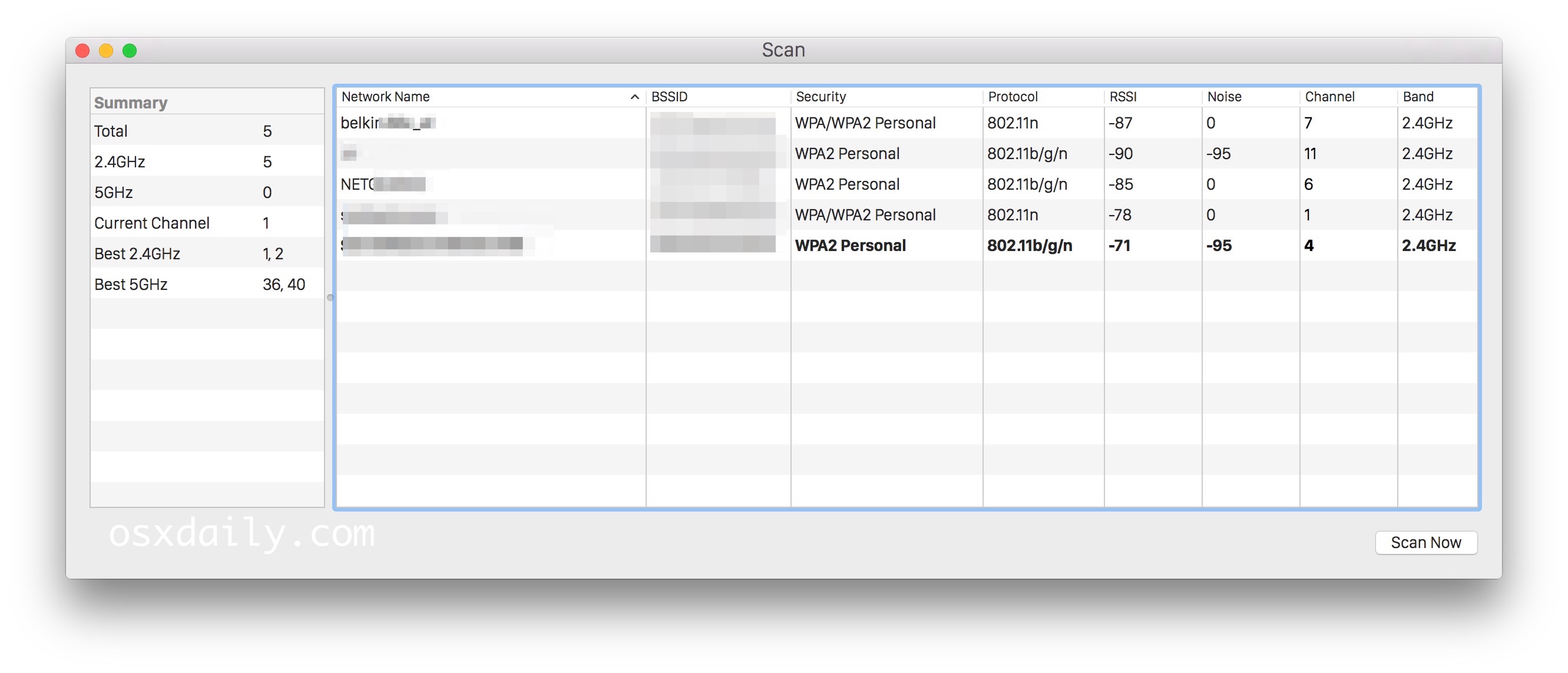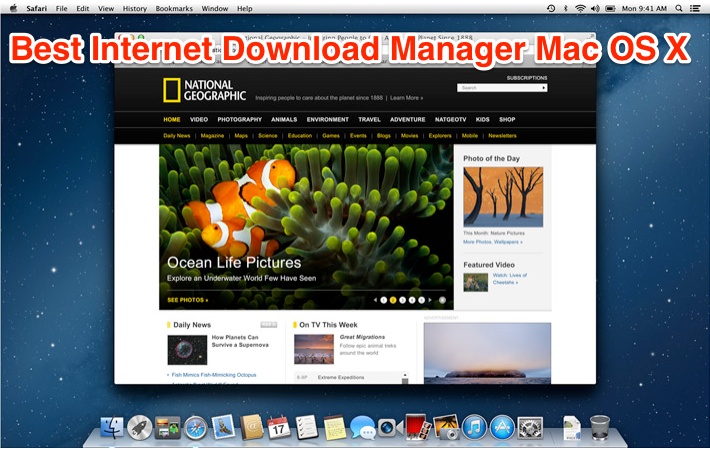Program That Manages Wireless Network For Mac Os:x
Coffee shops, malls, hotels, and now even cars are being made with built-in wireless hotspot features. Wi-Fi access is everywhere! And while it's been made relatively easy enough to connect to access points for consumers, sysadmins face a different challenge when having to manage wireless settings, especially on mobile devices.
The Best Free Wireless Networking Software app downloads for Mac: MacTFTP Client NetSpot Easy WiFi BEETmobile Hotspot App USB Network Gate KisMAC APC. Up vote 3 down vote favorite. On OS X you can manage your wireless networks; that is drag them to set preferred order, delete ones you don't want any more, etc. The only problem is that there is a tiny window which only shows ~4 networks at a time.
For those leveraging mobile device management (MDM) platforms to push settings, this is a non-issue, but if the cost of these suites remains prohibitive or connectivity is spotty, the following Terminal commands can be used to manage Wi-Fi settings in OS X. They can even be incorporated into a script and deployed to remote end users.
Before moving forward with the various networksetup-based commands, please note that as of OS X 10.8, the AirPort Terminal command, which is what drives some of the changes made to Apple's AirPort wireless connections, has been hidden within the OS and must be referenced directly each time the command is run. To side-step this, run the command below first, which will create a symbolic link to the AirPort command itself so that it may be referenced each time without having to enter a long string of commands each time.
- The wireless setup instructions are specific to a wireless network that uses an access point, also referred to as an infrastructure network. HP recommends the infrastructure type of network for your printer.
- Coffee shops, malls, hotels, and now even cars are being made with built-in wireless hotspot features. Wi-Fi access is everywhere! And while it's been made relatively easy enough to connect to.
- Tips to Effectively Manage WiFi Networks In OS X By Shujaa Imran – Posted on Apr 3, 2014 Apr 2, 2014 in Mac There is a really good chance that on your Mac, the WiFi management section is the area you access most frequently.
- About XnetBITcom Xnet is a native Mac OS X network and server monitoring tool,developed in Cocoa, with a beautiful Aqua interface, supporting all common internet services likehttp, ftp, telnet, pop3 a.
- A decade ago, it was a headache trying to get Windows and OS X to talk to each other. Our previous article showed you how to setup a network between OS X Snow Leopard and Windows 7.Since then.
- Create a symlink to the AirPort command in Terminal
- Network connections list
- Enable or Disable Wi-Fi
- Secure Wi-Fi Settings
Arguments
RequireAdminsIBSS=yes (or no) Restricts creation of ad-hoc networks to admins.
RequireAdminPowerToggle=yes (or no) Restricts power on/off of Wi-Fi to admins.

RequireAdminNetworkChange=yes (or no) Restricts network changes to admins.
- View available Wi-Fi networks
- Join Wi-Fi network
- Create a Wi-Fi network profile
Variables
SSID_OF_NETWORK SSID of the network you wish to join/create a profile of.
INDEX_NUMBER Numerical value to assigns a position in the list of preferred wireless networks. A value of '0' adds to the network to the top of the list.

SECURITY_OF_WIRELESS_NETWORK Wireless network security type (ex.) WPA2.
WIRELESS_NETWORK_PASSPHRASE Password or passphrase used to authenticate the password-protected network.
- Delete a Wi-Fi network profile
- Remove all stored Wi-Fi network profiles
Though managing wireless network settings may seem trivial to some, in densely packed office buildings with dozens of Wi-Fi networks broadcasting their signals, data security is a big concern. Configuring wireless endpoints so that they're properly secured against eavesdropping from unauthorized networks is just one way in which network administrators work with system administrators to ensure that secured wireless access is granted through trusted networks and managed accordingly.
How do you manage Wi-Fi for Macs in your organization? Share your experience in the discussion thread below.
Also see
Before you begin
Wireless Network Connection
To access Stanford's wireless network, you will need the following:
- A valid SUNet ID or wireless guest account*
- Your Mac OS X computer
- An 802.11b or 802.11g compatible wireless adapter
*If you do not have a SUNet ID, please follow the instructions on the Access for Stanford Visitors web page.
Register your wireless system (or device)
for Faculty and Staff, and Students living off-campus
You should see the Stanford Network Self-Registration page when you first attempt to connect your computer to the Stanford Network. The instructions below walk you through the self-registration process; if for any reason they don't work for you, contact your Local Network Administrator (LNA) or submit a HelpSU Request. See Getting additional help at the end of this page for details.
Students living in an on-campus residence: From your on-campus residence, register your computer or iPhone at iprequest.stanford.edu.
iPhone registration: If you are Faculty, Staff, or a Student living off-campus, see specific iPhone registration instructions.
Registration instructions
- From within a Stanford wireless-enabled location, connect to the Stanford wireless network (for assistance, see Connecting to the Stanford Network), open a web browser and point it to any page.
- Instead of your target URL, the Stanford Network Self-Registration page is displayed. Click Register for Network Access.
- Next, the Stanford University Network Options page is displayed. Click Network Registration.
- When the login screen is displayed, log in with your SUNet ID and password.
- Next you will be asked to choose where the computer will be used most often.
- Department-Location: select the department or location that most closely corresponds to where you will typically use the computer (required).
- Room Number: enter your room or office number (required). If you don't know the exact room or office number, enter a very brief description of where you will be using the computer.
- On the next page, the system will auto-fill your SUNet ID, LNA (or other administrator), and your computer's unique identifier. Answer the last two questions about your computer name and then click Continue.
Note: Read the paragraph at the bottom of the screen concerning Restricted Data. If your computer will be used to access Restricted Data, click the Data classification link at the bottom of the screen to learn more. - If you started the self-registration process in the last 7 days but did not complete it: You will see a page welcoming you back, along with the date you started the process. Click Download the Stanford Network Registration Tool.
Note: You have 7 days to complete the registration process. - If you have not started the self-registration process in the last 7 days: Click Download the Stanford Network Registration Tool.
- Open the installer package to install the software. If any of the checks fail, click the button to the right in order to take the appropriate action to correct the problem.
Note: If you need to install any patches that require your computer to reboot, you will need to rerun the Stanford Network Registration Tool after rebooting to verify that your system now passes that test. For computers that need a number of patches, it is not uncommon to have to do this a few times. (On average, installations take about a half hour; however, if your computer requires a large number of operating system updates, the process could take up to several hours.) - Once the software is installed and the program has run its checks on your computer, a diagnostic page is displayed. Click Continue.
- When the Almost done page is displayed, click Continue.
- A message is displayed when registration has been successfully completed. Click OK.
- After approximately 20 minutes, restart your computer so it will receive its newly assigned network address.
Mac free hfs+ program for pc. If you are unable to self-register, or if you have questions about the process, contact your Local Network Administrator (LNA) or RCC, or submit a HelpSU Request. See Getting additional help at the end of this page for details.
Connecting to the Stanford Network
Once you have registered your wireless card, follow these steps to access the Stanford network.
Go to an area of campus where wireless networking is available. See the list of wireless locations at Stanford.
- Click the AirPort status menu in the menu bar on the upper right side of the screen.
- Ensure that AirPort is on.
- Ensure that Stanford is selected as the wireless network.
Note: If Stanford does not appear in the menu, it is because you are not in an area where the Stanford wireless network is available. If another network appears in the menu, it is a private one. Contact the department or building LNA if you need access to this network.
Getting additional help
You can contact the Stanford IT Help Desk via HelpSU for consulting help. Or, contact your department's Local Network Administrator (LNA).
Apple's Web site also contains helpful tips for troubleshooting common Internet connection issues.
Students: Contact your Residential Computer Coordinator (RCC).
You will need to provide your LNA or RCC with your AirPort ID (also called a MAC address). Here's how to find it:
Wlan
Under the Apple menu, click System Preferences.
Click the Network button in the System Preferences window.
- Under Show, select AirPort. The recommended AirPort settings are:
- Allow this computer to create networks: unchecked
- Show AirPort status in menu bar: checked
- Write down the displayed AirPort ID. (The Airport ID is the hardware address of the wireless Ethernet adapter.)
Note: Your Macintosh will not be able to access the Stanford's wireless network until your wireless adapter information has been entered in NetDB.